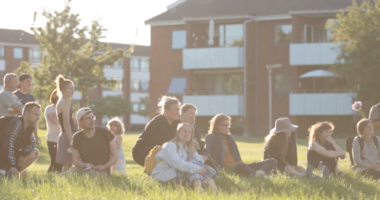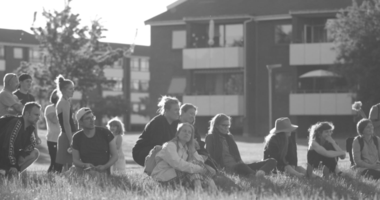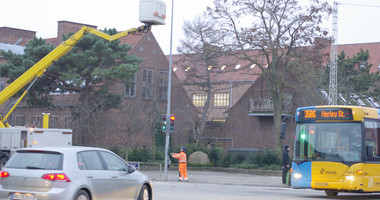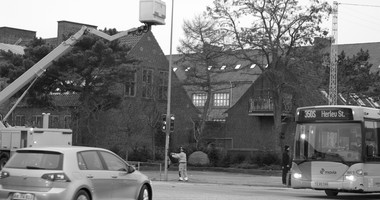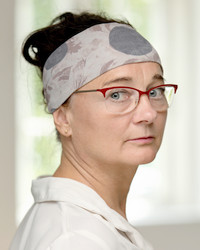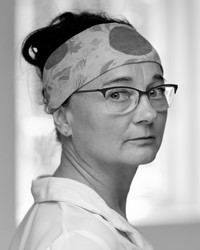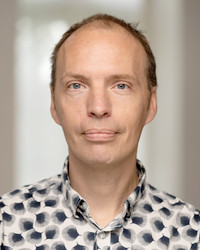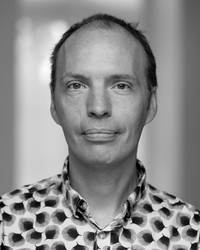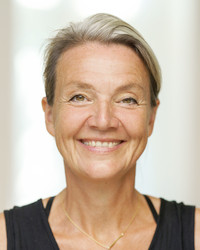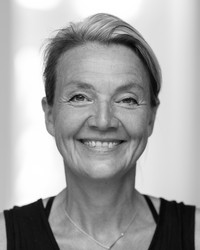Andreas Liebmann
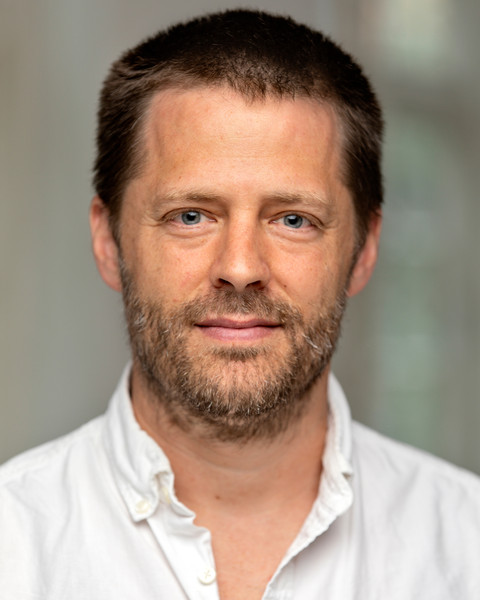
background
Andreas Liebmann studied at the Acting Academy in Zurich from 1993 to 1997. He has been teaching at the Universities of the arts Zurich, Berlin and Leipzig. Since 2015 he is teaching at The Danish National School of Performing Arts in the areas of ideabased and conceptual direction.
KNOWLEDGE FROM SUBJECT-RELATED PRACTICE
After spending some years as an actor at municipal theaters and in the independent theater scene, he founded the performance group GASTSTUBE° with his colleagues Beatrice Fleischlin and Nicolas Galeazzi. GASTSTUBE° developed experimental performances and created theatre pieces, durational performances, installations, bus tours, walks and other formats in German-speaking countries and France. Since the group split up, Andreas Liebmann has been developing his own formats and working methods as a stage director, performer and author. He has presented his performances on tour in Germany, Switzerland, in Austria, Bolivia, USA, France and Denmark. His plays are published by S. Fischer Verlag in Frankfurt and have been shown at the Burgtheater in Vienna, the Theatres in Freiburg and Basel, and at Schauspielhaus Zurich. His way of working includes various influences from the natural sciences, conversations of daily life, anthropology and politics. The formal outcome depends on content and context.
artistic research
In Andreas‘ artistic research project Imaginations of a place (beginning 2016) he is concerned with local specific forms of performing arts, with the point of departure in following reflection:
How can theatre be necessary for people around the corner and still work with topics of bigger importance? How to combine an experimental approach and daily life relevance? I visit some selected artist run venues in Europe that define themselves by a specific approach to a concrete political, social, local context. I develop imaginations for an assumed place in the middle of the normal, at the border of Copenhagen. What could such a place look like, who could be part of it, and which artistic practices could it contain?
